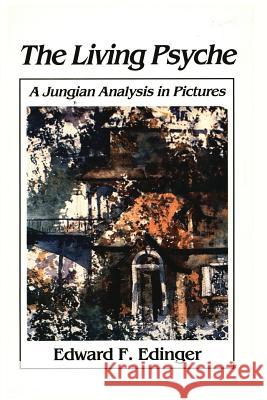Living Psyche: A Jungian Analysis in Pictures Psychotherapy » książka
Living Psyche: A Jungian Analysis in Pictures Psychotherapy
ISBN-13: 9781630510817 / Angielski / Miękka / 2014 / 230 str.
The art in this book provide a rare opportunity to experience the work of an artist and the reality of the living psyche. The patient/artist began analysis at the age of 36 with the chief complaint that, in spite of a successful career in the arts, he had lost his sense of purpose in life and was on the verge of despair. The pictures were done over a period of five years during the course of Jungian analysis. They touch on all the major themes of the analysis and constitute a remarkable record of an analytic experience that ranged from the heights to the depths, from the infernal to the sublime.
The art in this book provide a rare opportunity to experience the work of an artist and the reality of the living psyche. The patient/artist began analysis at the age of 36 with the chief complaint that, in spite of a successful career in the arts, he had lost his sense of purpose in life and was on the verge of despair. The pictures were done over a period of five years during the course of Jungian analysis. They touch on all the major themes of the analysis and constitute a remarkable record of an analytic experience that ranged from the heights to the depths, from the infernal to the sublime.Edward F. Edinger was born on December 13, 1922 in Cedar Rapids, Iowa, earning his BA in chemistry at Indiana University and his MD at Yale University in 1946. He was a military doctor in the United States Navy in Panama. In New York in 1951, he began his analysis with Mary Esther Harding, who had been associated with C. G. Jung.Edinger was a psychiatrist supervisor at Rockland State Hospital in Orangeburg, New York, and later founder member of the C.G. Jung Foundation in Manhattan and the CG Jung Institute in New York. He was president of the institute from 1968 until 1979, when he moved to Los Angeles. There he continued his practice for 19 years, becoming senior analyst at the CG Jung Institute of Los Angeles.











